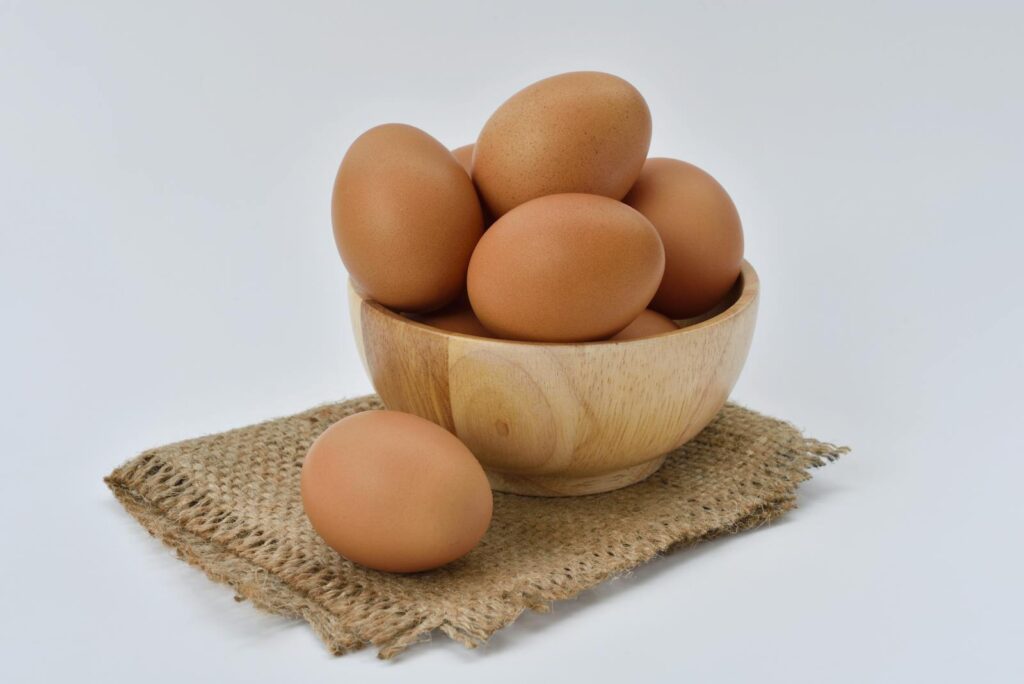As we approach the fall and winter seasons, brace yourself for potential grocery shortages that could disrupt your shopping routine. Various factors, from climate change to geopolitical issues, are contributing to disruptions in the supply chain. Let’s explore 15 grocery items that are predicted to be in short supply.

1. **Butter**: Expect higher prices and limited availability as butter continues to be affected by low milk production and workforce challenges. With cold-stored butter stocks at their lowest since 2017, prepare for ongoing shortages.
The rising cost of butter is primarily a result of the decreased milk production at U.S. dairy farms, compounded by worker shortages. Inflation adds another layer to this issue, making it crucial to plan ahead if you’re an avid baker or simply enjoy butter in your daily meals.
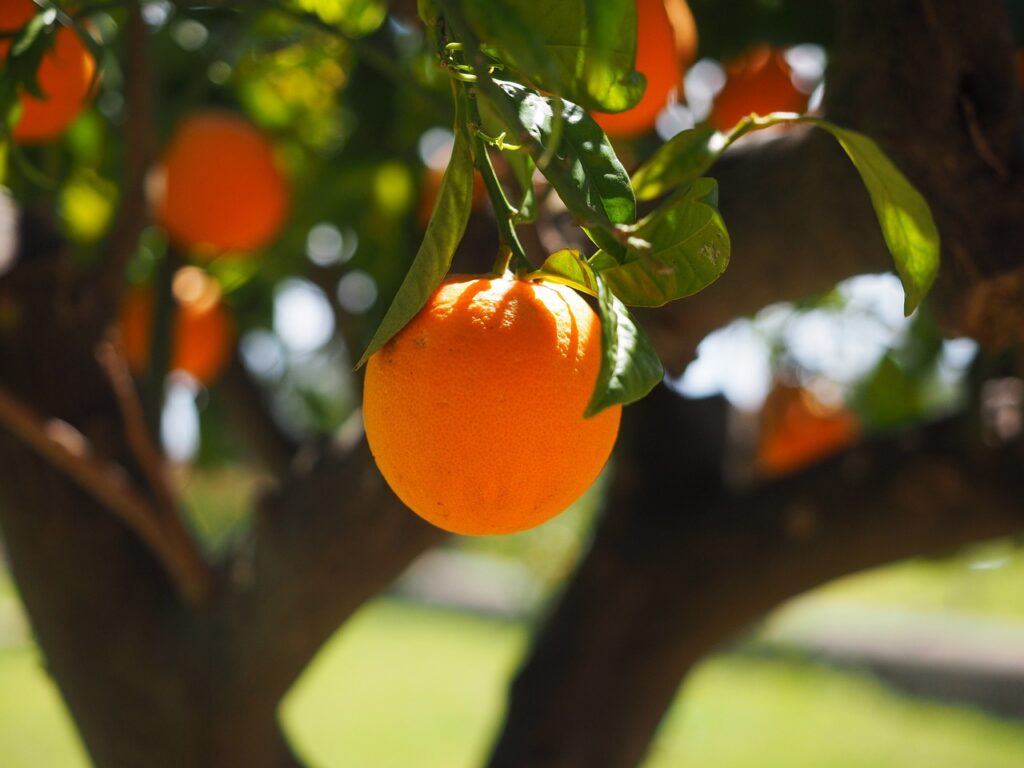
2. **Oranges**: Florida, a key producer, faced a significant drop in orange yields due to devastating hurricanes. The aftermath leaves us anticipating shortages of oranges nationwide.
Hurricanes Ian, Nicole, and Fiona have devastated Florida’s orange production, causing a 51% decrease in output. This marks the lowest harvest since 1937, indicating a challenging season ahead for orange juice lovers and citrus enthusiasts.
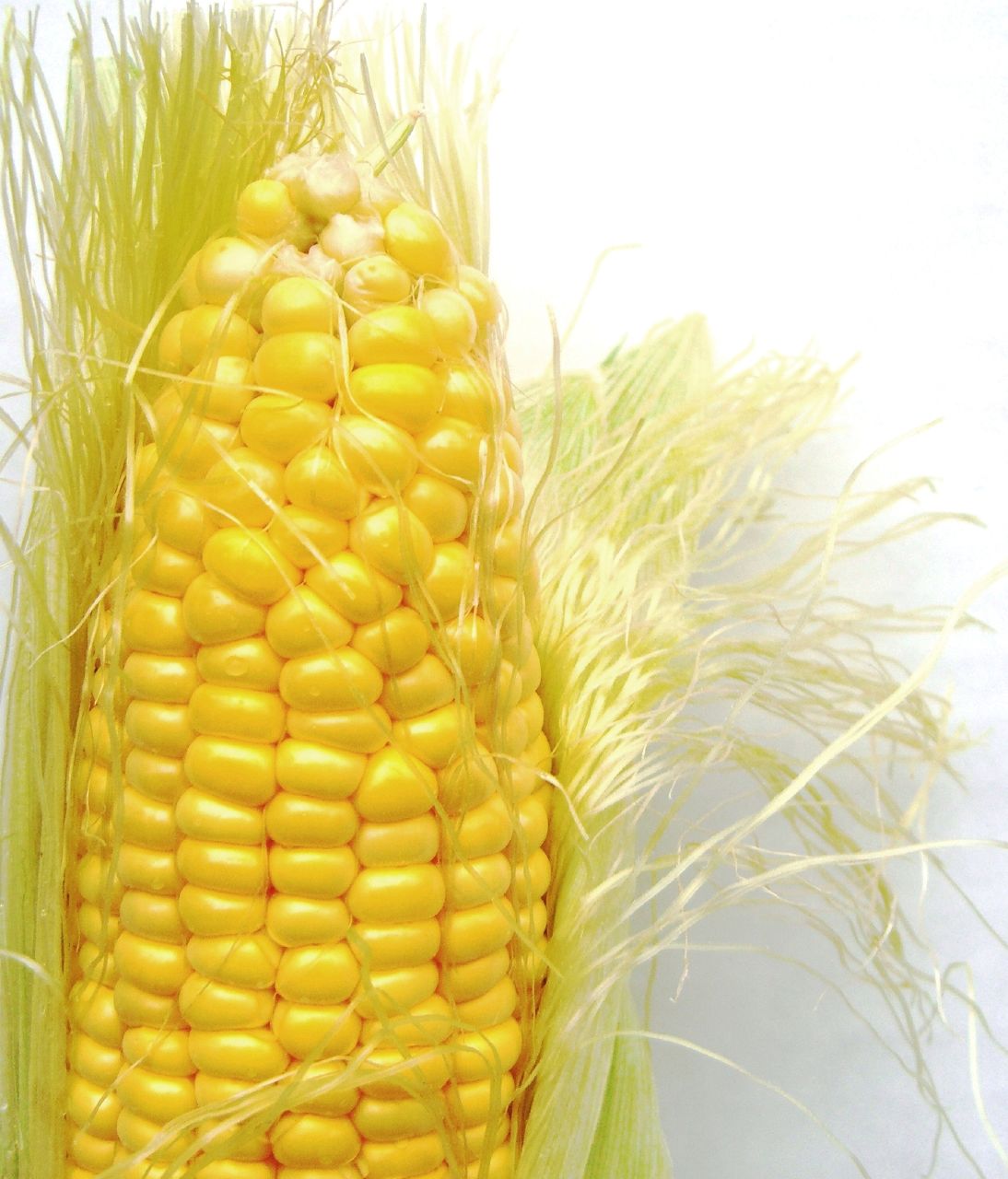
3. **Corn**: The war in Ukraine and reduced planting in the U.S. are affecting corn availability. With Ukraine as a major exporter, the conflict has created lasting impacts on global supply.
Corn is fundamental not just as a food but also in products like high fructose corn syrup. As production struggles in Argentina and the U.S., prices are expected to remain high, necessitating careful budgeting if corn is a staple in your pantry.
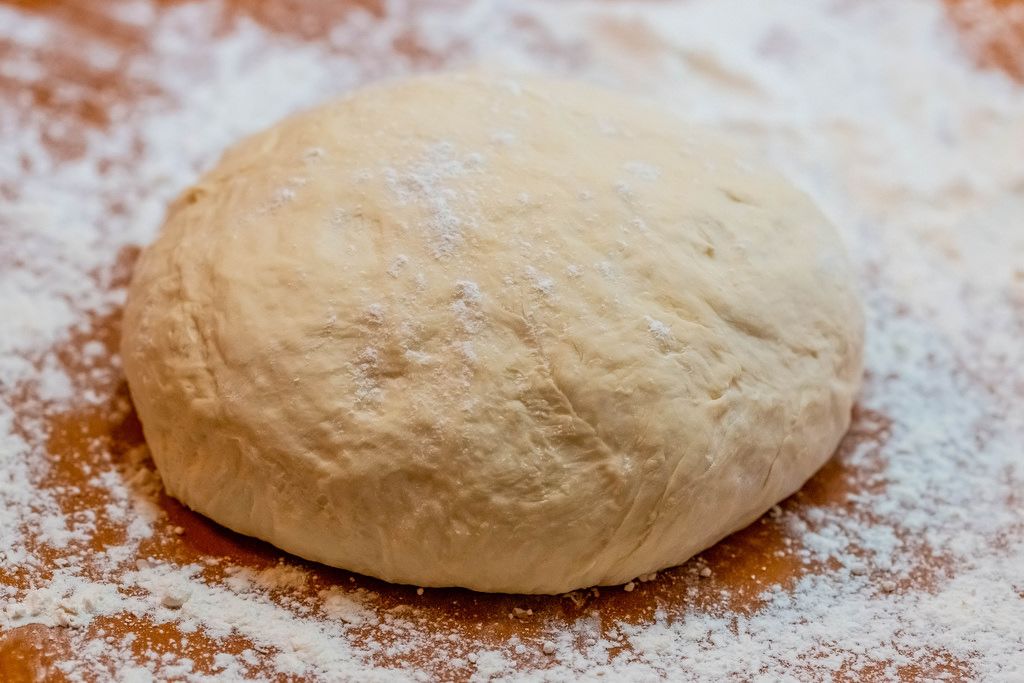
4. **Flour**: Flour shortages loom due to climate change and geopolitical tensions affecting key grain-producing regions. Stock up if you rely heavily on this pantry essential.
Russia and Ukraine’s significant contributions to global cereal grain production have been disrupted by conflict. This, coupled with climate-change-induced crop yield reductions, poses challenges for flour availability, impacting everything from bread to baked goods.
.jpg)
5. **Bread**: With flour in short supply, bread production is naturally affected. The continuation of the war in Ukraine further complicates the situation, hinting at prolonged scarcity.
The demand for bread remains high, yet the supply struggles to keep pace due to grain export issues. This could lead to scarcity throughout 2024, making it wise to consider alternative grain products.

6. **Champagne**: A combination of reduced production and climate-induced challenges points to a champagne shortage. If you cherish celebrations with a glass of bubbly, plan accordingly.
The decision by France’s CIVC to limit champagne production and adverse weather conditions have led to a bottleneck in supply. With demands rising far beyond expectations, availability may be tight, affecting festive occasions.

7. **Beer**: Aluminum shortages and other factors spell trouble for beer production. This beloved beverage might see price hikes and diminished stock.
The pandemic-induced shift in aluminum demand, along with droughts affecting crop yields, has compounded the beer shortage. Additionally, the lack of carbon dioxide—a key ingredient in brewing—adds to the complexity, indicating a year of challenges for beer aficionados.
8. **Eggs**: Egg shortages continue, driven by avian flu outbreaks. With prices on the rise, these breakfast staples may become a luxury item for many.
The avian flu has decimated hen populations, leading to a significant reduction in egg production. Coupled with inflationary pressures, the impact on egg availability is profound, requiring adjustments in purchasing habits.
Navigating through these shortages requires awareness and adaptability. In the upcoming season, understanding the causes behind these shortages can help mitigate their impact on your grocery shopping experience.
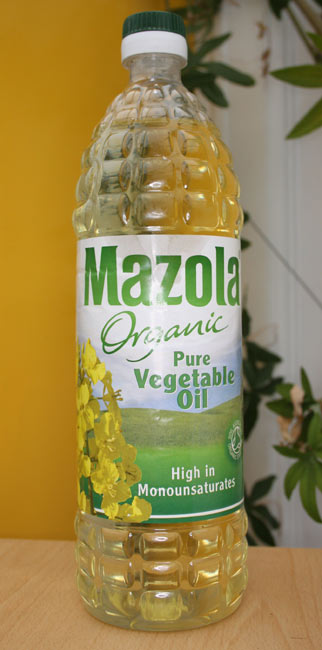
9. **Vegetable Oils**: The slippery situation surrounding vegetable oils is set to become even more precarious. With canola, soybean, palm, and sunflower oils all in the mix, it’s a perfect storm brewing. A lack of rainfall in South America has resulted in smaller soybean yields, while Canada has been grappling with lower canola output. Adding to the challenge, Indonesia’s restrictions on palm oil exports have further tightened the global supply.
The predicament becomes even more critical as sunflower oil production faces setbacks due to disruptions in Ukraine. As these oils are staples in cooking, baking, and food production, households and industries worldwide might feel the pinch. Planning alternative sources of fat or oil could be a wise strategy to keep kitchens running smoothly in the coming months.
Consumers might need to prepare for increased prices, and a good practice might be to stock up when these oils are available. By doing so, households can mitigate the impact of fluctuating availability and prices on their overall grocery bill.

10. **Beef**: Beef lovers might need to brace themselves for a lean season ahead. The shortage is tied intricately to a drought in Texas that reduced grass feed availability significantly. Farmers have resorted to selling cattle earlier than planned. This has prevented female cows from reproducing, resulting in fewer beef supplies reaching the market.
With fewer cows available for slaughter, beef prices are expected to climb. This potential scarcity invites consumers to explore alternative protein sources such as turkey and chicken, where supplies have been more stable. Creative cooking can transform these alternatives into delightful meals, keeping diets varied and palates satisfied.
Keeping an eye on beef sales and perhaps freezing some if your family enjoys it regularly could be a smarter move. It’s about outsmarting the shortages and enjoying the meat you love without breaking the bank.

11. **Baby Formula**: Baby formula has been a topic of concern for many parents due to its crucial role in infant nutrition. The shortage has been ongoing, with issues stemming from previous recalls and labor shortages that have affected production lines.
While manufacturers are working hard to rectify the situation, the demand continues to outpace supply. Parents may need to explore alternatives, such as breastfeeding, if possible, or consider seeking advice from pediatricians on suitable substitutes to ensure infants’ nutritional needs are met.
Staying informed about local availability and being part of community groups that share supply information can help parents navigate these challenging times. In times of shortage, connecting with other parents might unveil unexpected solutions.

12. **Chocolate**: The situation with chocolate reads like a bittersweet tale. High cocoa prices, driven by unpredictable weather patterns in West Africa, have led to strains in chocolate production. Cocoa beans are the lifeblood of chocolate, and when they become scarce, it impacts the entire industry.
The unpredictability of the harvests has sent ripples through global chocolate supply chains, potentially leading to premium pricing on your favorite treats. Chocolate lovers might need to savor their indulgences a little more sparingly or explore diverse chocolate sources from smaller, artisanal producers that might not be as affected.
This could also be an excellent opportunity to explore different types of chocolate, perhaps opting for varieties with higher cocoa content or those that use alternative sweeteners or fillers.
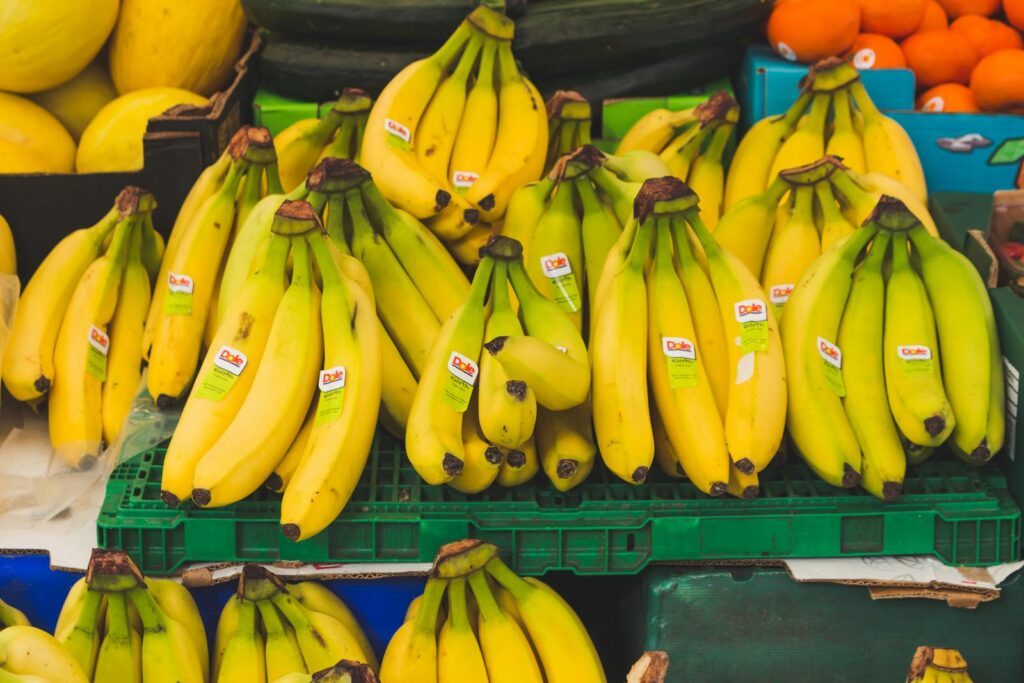
13. **Bananas**: Bananas, a beloved staple in many households, are facing logistical challenges primarily due to shipping disruptions. These tropical delights are vulnerable to delays at ports, as they cannot be stockpiled easily due to their short shelf life.
With the dockworkers’ strike impacting shipments, bananas might become less available or more expensive. However, nutrient-rich alternatives such as apples or pears can provide similar health benefits.
Being adaptable with fruit choices not only ensures continuity in nutrition but also encourages trying new produce that might become seasonal favorites.

14. **Sriracha**: The spicy kick of Sriracha might be missing from some grocery shelves, attributed to a chili pepper shortage caused by unfavorable weather conditions in Mexico. The beloved hot sauce’s production was temporarily halted, highlighting the challenges in agricultural production.
For those who relish the heat Sriracha provides, experimenting with homemade versions or seeking out other hot sauces can substitute the iconic sauce in culinary creations. This allows for a continuation of fiery flavors in dishes, even as commercial supplies face interruptions.
Staying creative with spice blends can maintain the vibrant flavors that Sriracha fans crave, ensuring dishes don’t lose their zest.
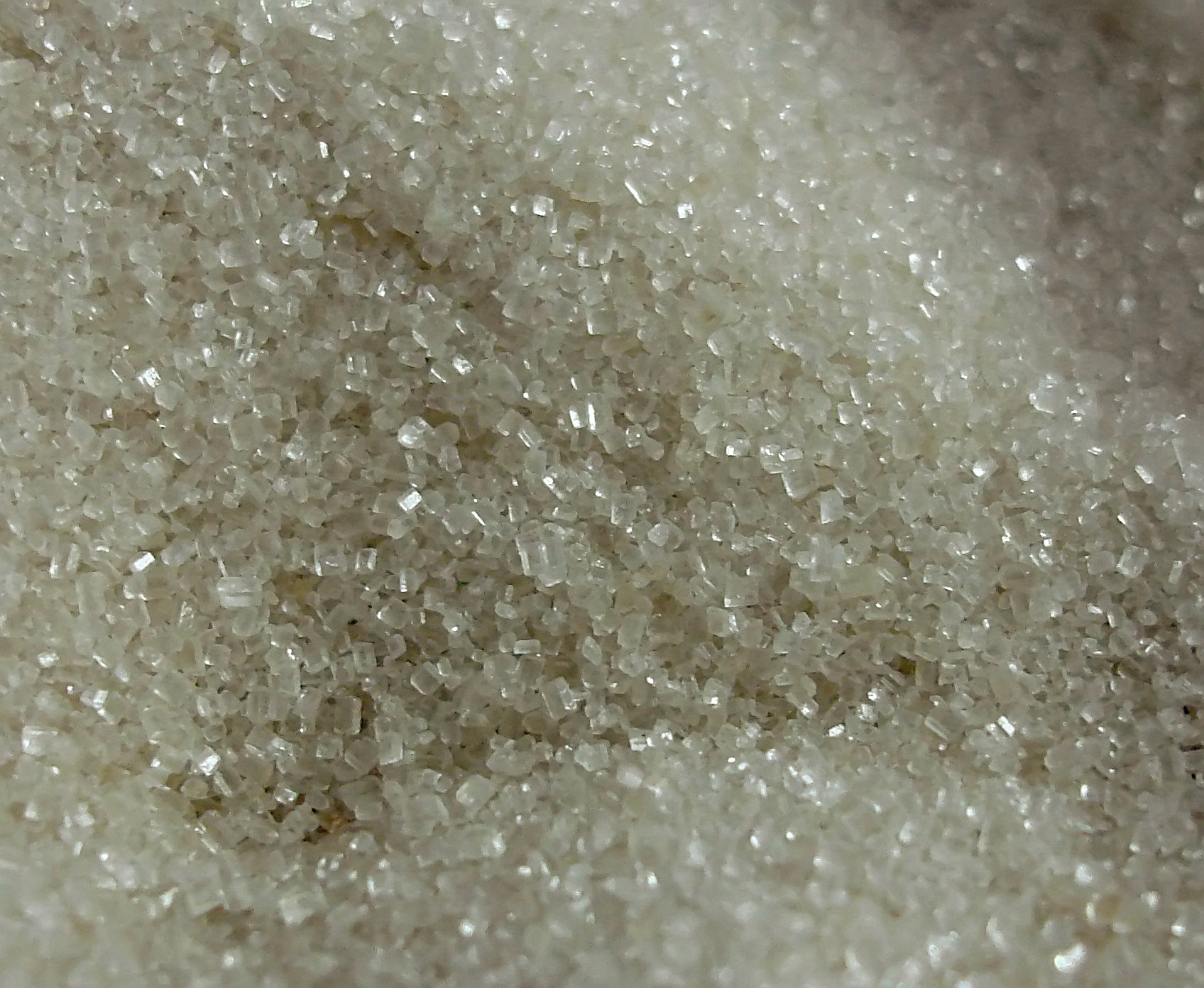
15. **Sugar**: Sweet times might be a little less sugary due to supply issues from major producers like India and Brazil facing their own climate challenges. India’s export ban and Brazil’s drought have put pressure on global sugar availability.
This could affect everything from baking to sweetening beverages, making it essential to moderate sugar usage and consider alternative sweeteners. Exploring sugar substitutes such as honey or agave syrup might not only mitigate the shortage’s impact but also introduce new flavors and health benefits.
As sugar availability fluctuates, baking enthusiasts might find themselves experimenting with different recipes and discovering new favorites.
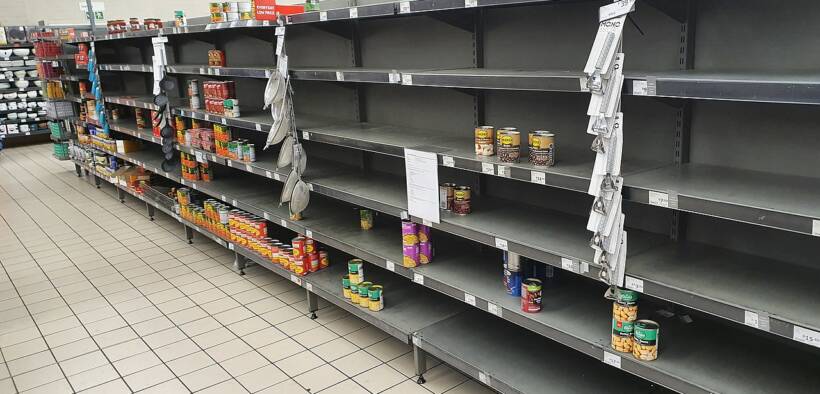
In navigating these impending shortages, the key lies in staying informed, being flexible with choices, and planning. By understanding these dynamics and preparing ahead, consumers can maintain a smooth grocery experience, even when the shelves appear sparse. The act of adapting not only eases the burden of these challenges but also unlocks opportunities to explore new flavors and ingredients, turning uncertainty into culinary adventures.
Related posts:
10 Foods to Stockpile
8 Items You Might Not Find in Your Grocery Store (and Why)
These Foods Will Be In Short Supply In 2023, So Stock Up Now (Or Find Alternatives)


